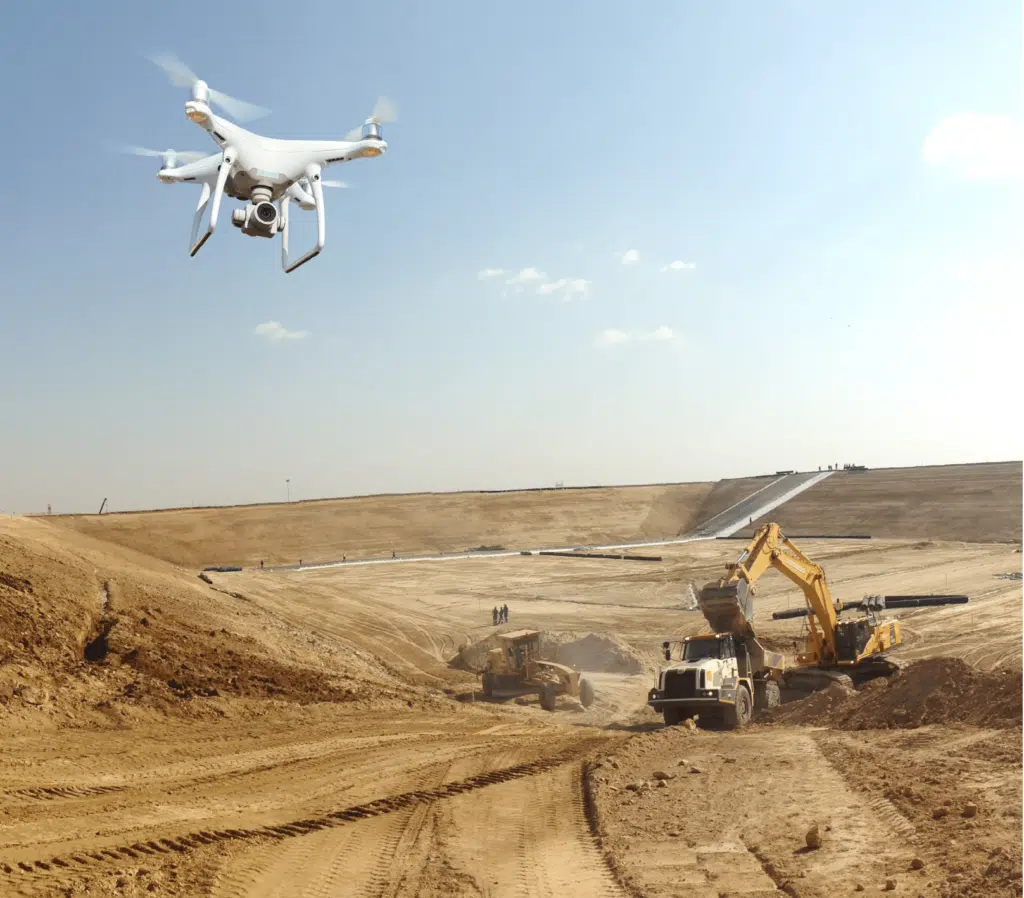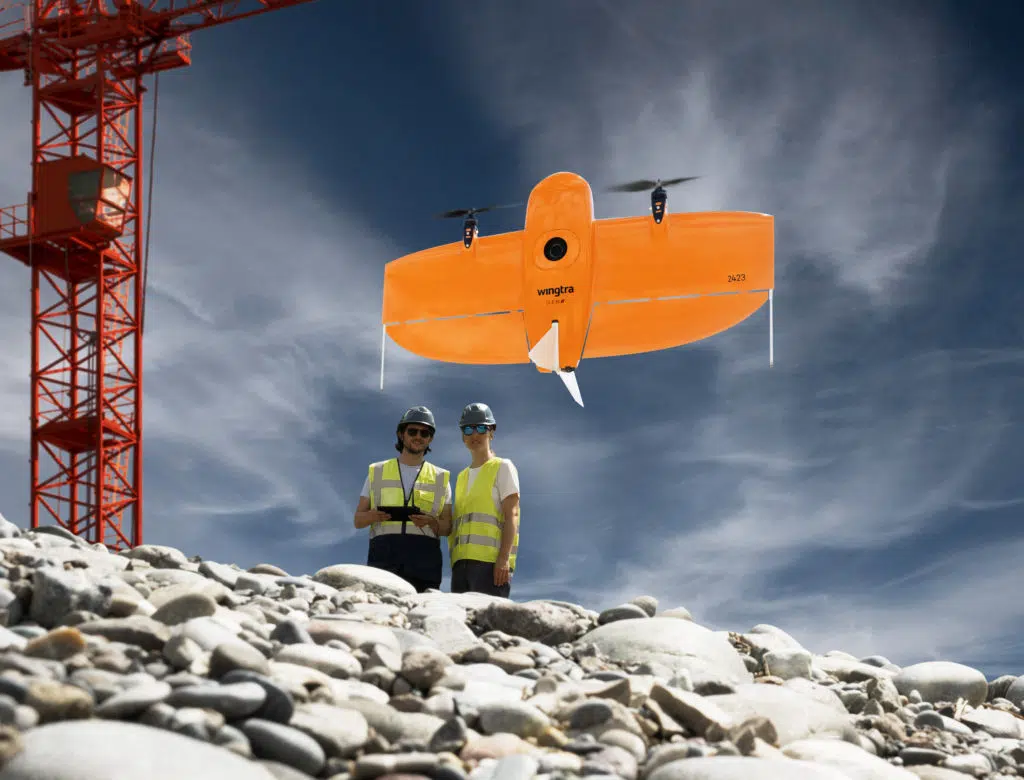Commercial Drone Laws and Regulations in the US, Australia, and Europe: What You Need to Know
As the drone industry grows around the world, various governing bodies have set out specific regulations regarding safe operation. The United States, Australia, and Europe, have developed guidelines to monitor safe usage in their regions.
In the case of the U.S., a pilot’s license or Part 107 certificate is required in addition to device registration. Keeping up with the wide range of rules and regulations that commercial drone pilots must follow can be difficult. Read on to learn the basics you should know about commercial drone requirements for the U.S., Australia, and the EU.

Essential U.S. commercial drone regulations and laws
The United States has a robust certification system in place for commercial drone pilots. Commercial operators must hold a current Remote Pilot Certificate issued by the FAA (Federal Aviation Administration), and each drone must also be registered with the FAA on the FAADroneZone website. Here are three key requirements to be aware of when surveying your job site with a drone:
Visual Line of Sight: Survey teams flying a drone must comply with the FAA’s Part 107 Small Unmanned Aircraft Rule. Pilots must keep the drone within their visual line of sight (VLOS) at all times, and must fly the drone below 400 feet in altitude. This can sometimes be challenging for surveyors monitoring construction sites, earthworks projects, landfills, or quarries, particularly when surveying large-scale sites with complex and even dangerous topography.
Surveyors can apply for FAA Part 107 waivers for changes in airspace restrictions. In their application, they must include a full description of how they use their drone and how the pilot will comply with specific performance-based standards. Once approved, operators have more flexibility in terms of how they can use their equipment.
Remote Identification (ID): Remote ID is the ability of an in-flight drone to provide identification and location information to other parties. It acts as a “digital license plate” for an unmanned aircraft, broadcasting the drone’s location and velocity (and other diagnostic information) during flight operations. The FAA will require most drones operating in US airspace to have Remote ID capability by 2023. Learn more about the three methods the FAA has implemented to comply with the Remote ID requirements.
Flight operations over people: Drone pilots operating under Part 107 may now fly over people and moving vehicles, or at night without a waiver as long as they meet the requirements defined in the rule, which you can learn more about here.
Australian commercial drone registration regulations and laws
In Australia, commercial drone operators saw new regulations put in place early in 2021 by the Civil Aviation Safety Authority (CASA).
To fly a drone under two kilograms for business, pilots require either an RPA operator accreditation or a Remote Pilot License (RePL), which can be obtained by taking the official course and assessment. However, flying a drone greater than two kilograms does require the RePL. Pilots with a valid RePL do not need to obtain the RPA operator accreditation.
The other significant update involves drone registry, which applies to all commercially flown drones, regardless of weight, that are used for common purposes, including surveying, aerial mapping, photo capture, and inspection of construction sites.
Operators who fail to register risk facing significant fines. Registration can easily be completed entirely online through the myCASA portal. For construction and survey teams who rely on a fleet of drones for their operations, it’s smart to apply for an organization ARN, or Aviation Reference Number. Upon approval, the organization ARN allows one person (a contractor or employee) to act on behalf of the business in myCASA.

EU’s consolidated commercial drone laws and regulations
In 2021, the European Union Aviation Safety Agency (EASA) replaced each individual member’s existing laws relating to commercial operation, and drone operation in general, with a set of standards that apply to all drone operators. In addition to the 28 EU member states, Iceland, Switzerland, Liechtenstein, and Norway also have adopted the new regulations. Under the new regulations, drone operation is classified in three separate categories—Open, Specific, and Certified.
Each classification corresponds to the level of risk involved when operating a drone. The Open classification carries the least amount of risk, followed by the Specific category, and finally the Certified category, which carries the highest amount of risk. The Open category is further split into three additional subcategories based on the class identification label and weight of the drone. Drone surveying operations generally fall under the Open A2 classification, which is generally seen as “low-risk.”
Survey teams whose operations fall under the low-risk Open A2 classification need to pass an aeronautical knowledge test, and individual operators need to register themselves. In higher risk situations, including flying at higher altitudes, around populated areas, or beyond the visual line-of-sight, the risk can increase and fall into the Specific category. In this case, pilots need to pass a Specific Operational Risk Assessment (SORA) to the appropriate aviation authority of the country in which they’re working. Keep in mind that EASA member states may have individual regulations that operators need to follow.
Keeping up to date with drone regulations in various regions of the world can be a challenge for commercial operators, especially survey teams. It’s a must, though, if you want to avoid fines and even criminal liability in some cases. Know your rights, as well as the rights of those around you, and you’ll be able to safely navigate the skies no matter where you are in the world.
How to make sure your company is compliant with commercial drone regulations and laws
As drone use increases, so does the need for legal compliance. Failure to comply with drone regulations can result in penalties or fines for your company. Additionally, compliance with laws and regulations is essential for keeping people and property on the ground safe, in addition to other manned and unmanned aircraft.
Drone pilots at your company should be familiar with all regulations in their country and ensure that their aerial survey operations comply with them. Additionally, pilots should stay informed about any changes or updates to the regulations and consult with their governing body if they have questions or concerns. By following all of the applicable rules, companies can ensure their drone survey operations are conducted safely and legally.
Here are some helpful steps to remember:
- Register your drones with the proper governing administration
- Be sure all of your pilots are trained, have passed applicable knowledge tests, and are licensed
- Comply with all airspace rules and regulations
- Ensure your drone registration numbers are clearly marked on the outside of the aircraft
- Keep detailed records of all drone flights, including date, time, and location
- Obtain insurance that covers liability and property damage in case of an accident
What happens if your company is not compliant with commercial drone regulations and laws?
If your company is not compliant with commercial drone regulations and laws, you could face legal consequences, including fines, penalties, or in certain situations, potential criminal charges. Governing bodies can initiate legal enforcement actions to address noncompliance by companies and individual drone pilots including certificate actions, civil penalty actions, and informal procedures or fines. In the United States, for instance, the FAA has authority to issue orders assessing a civil penalty of up $50,000 against individuals and small business concerns, depending on the provision violated and the category of the alleged violator.
Operating a commercial drone in a way that endangers people or property can lead to criminal charges. For example, a pilot flying a drone in restricted airspace or flying in a manner that interferes with emergency operations, could be charged with a crime. Therefore, be sure all drone operators at your company understand and comply with commercial drone regulations and laws in your jurisdiction to avoid potential legal consequences.




